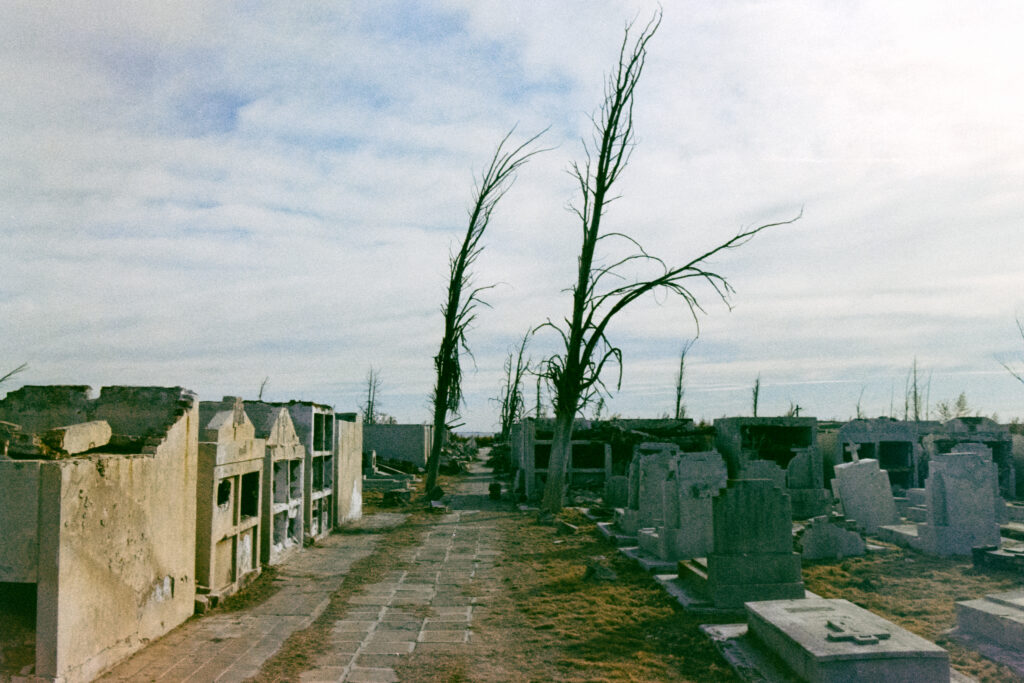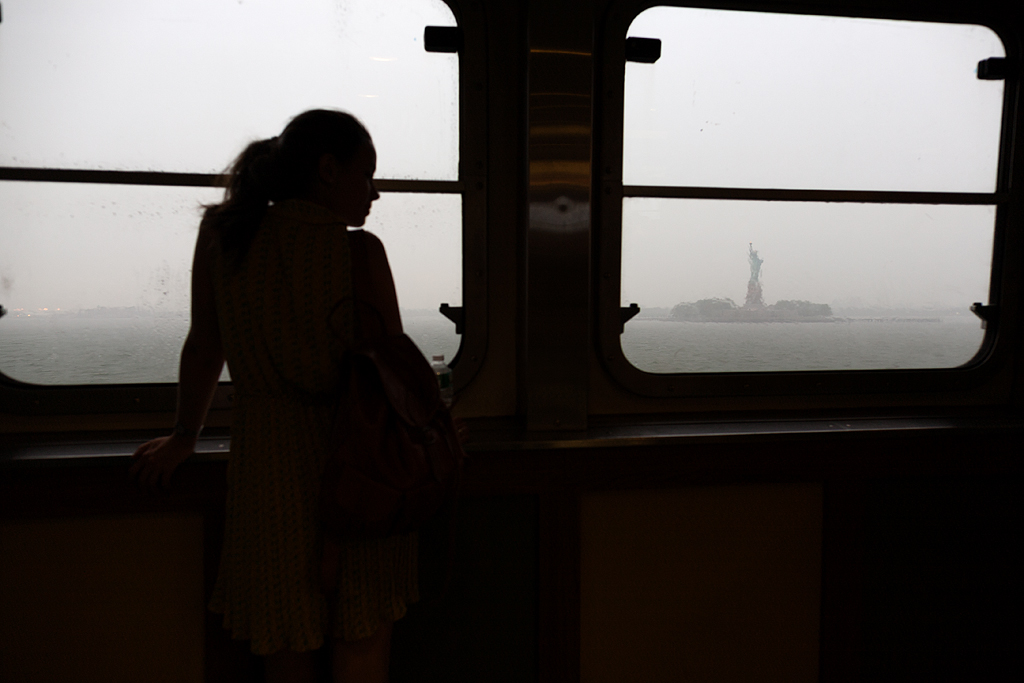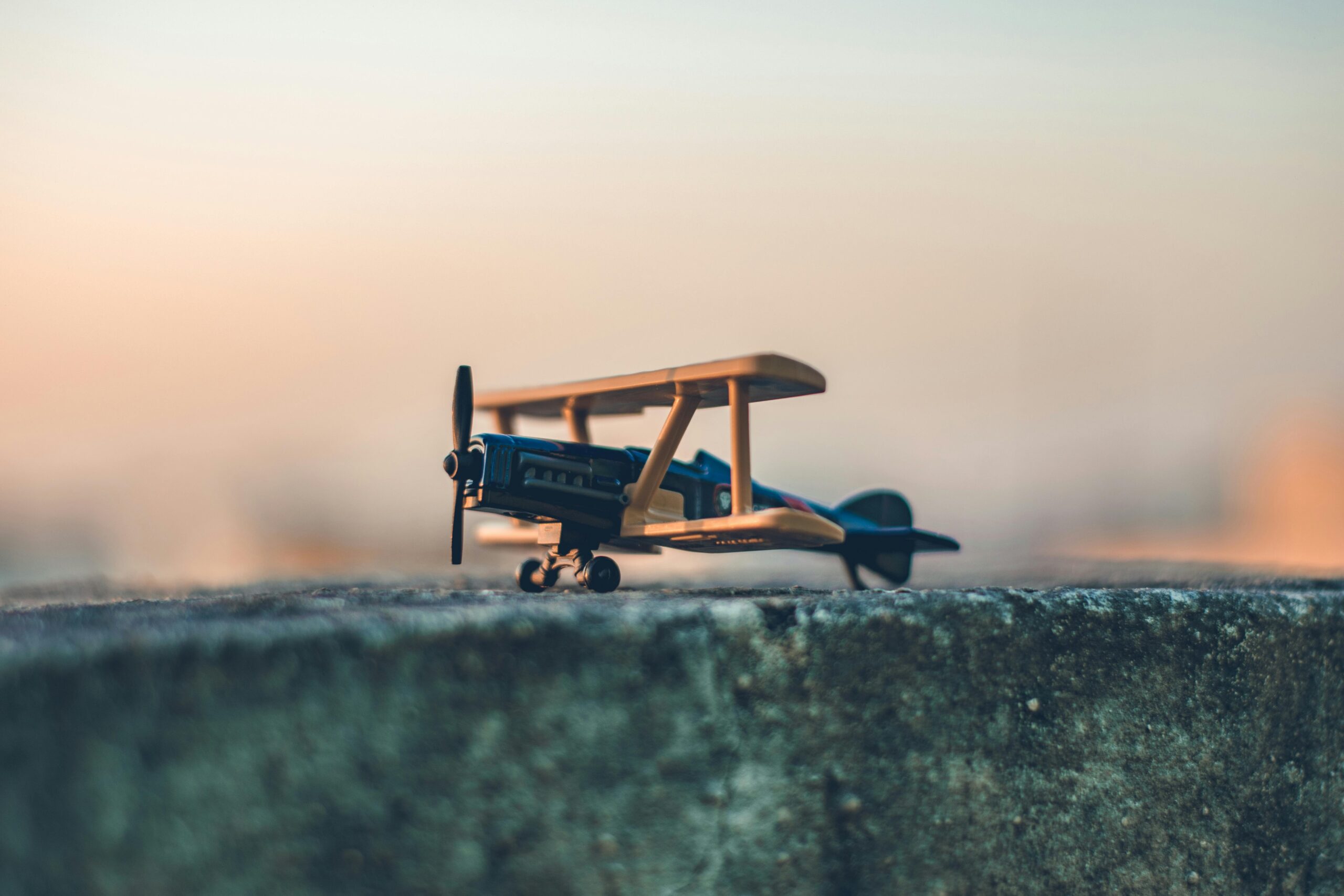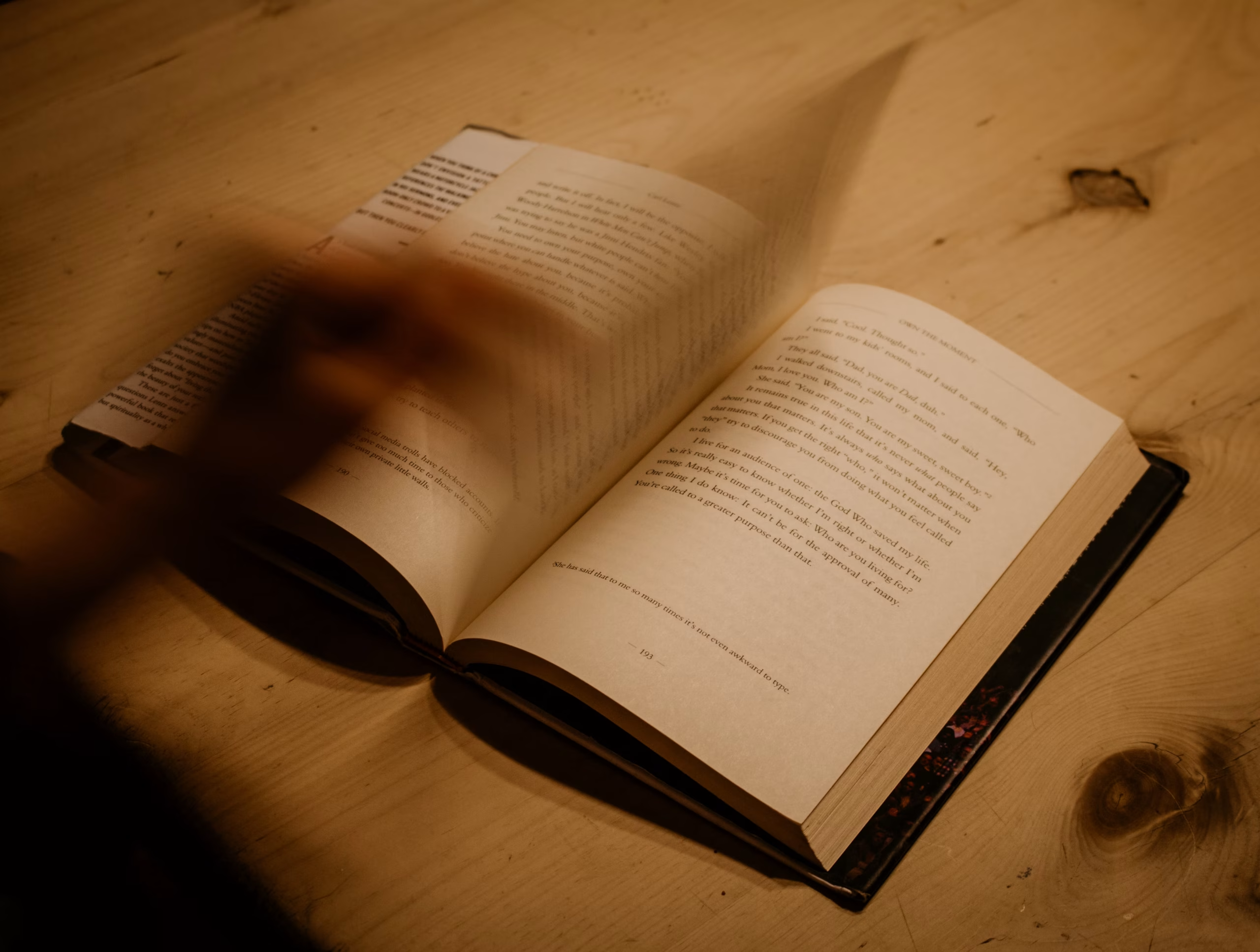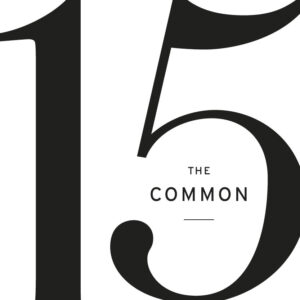
The Reading Life is a special 15th-anniversary essay series reflecting on close reading and re-reading, written by The Common’s Editorial Board.
Consider not teaching, cancelling class, staying at home in bed.
Force yourself to go to campus anyway.
Remind the twelve undergraduates gathered around the seminar table that after the 2016 election, the historian Timothy Snyder published a tiny book called On Tyranny about how democracies fail and authoritarian systems thrive. Present your comments as a reminder. Recognize the pettiness of your annoyance that they haven’t heard of this book. Recognize that it may be misdirected. Understand that fist grabbing your heart as anger.


